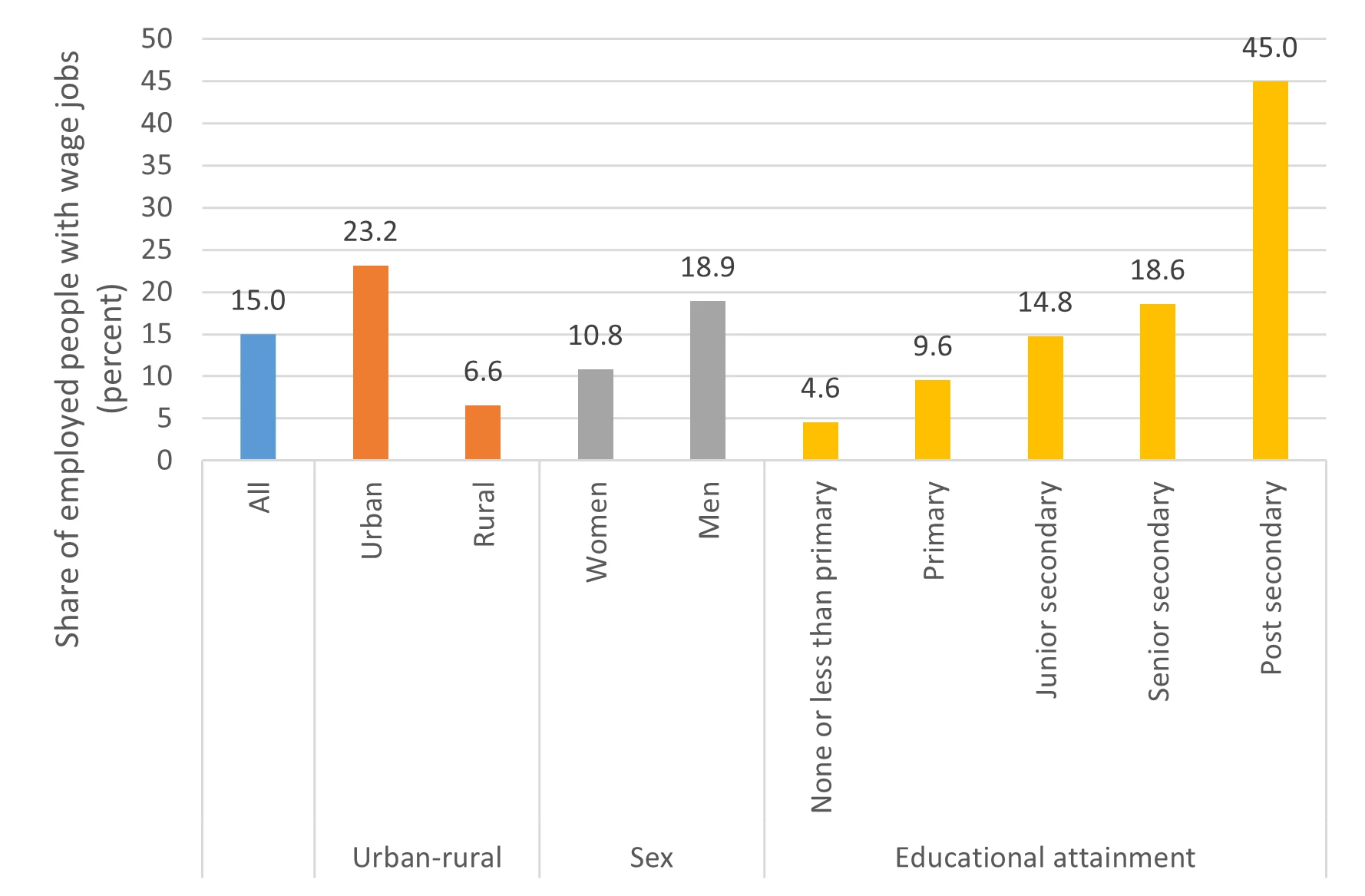
Successful leaders —presidents of countries, chief executives of corporations, or middle managers of counties — focus on a few priorities by deploying the right resources, reviewing progress, and unblocking constraints.
Shahbaz Sharif, the chief minister of the Pakistani province of Punjab (population 100 million) and a tireless, hard driving manager, built a 27 km mass transit system in Lahore in less than a year in 2012-13. This visible show of results, according to many observers, helped his landslide victory in the 2013 election.
Did a specialized unit deliver for the chief minister? No. Just a group of well-chosen, motivated civil servants and, of course, the impending election deadline.
What is therefore fundamentally new or useful about the current ferment in the “science of delivery”? The “delivery unit” approach can work wonders, according to Sir Michael Barber, who headed the Delivery Unit in the United Kingdom from 2001 to 20015 and has distilled his advice into 57 rules in a recent book.
On balance, the “delivery” recipe -- a unit with access to the chief executive; routine, evidence-based performance reviews; focus on a few priorities, etc. - can be a strong entry point, helping break the inertia with early. However, three questions need to be asked? Are such units necessary? Is the delivery approach really new? Is it potentially transformative?
Dedicated units are clearly not necessary to show results, as evidenced by the rapid-fire construction of the Lahore metro.
Evidence-based regular reviews, quite understandably, are not new. Take a simple intervention that took place, earlier, in the same province. In early 2000s, without the support of any outside consultancy, the excellent Program Management and Implementation Unit, housed in the education department, built a credible system of data collection on the vast provincial health and education system.
By the time I joined the provincial government in early 2007, the chief secretary regularly discussed district-wide progress ranking with all the district officers and ordered corrective actions when needed. The same system continues to inform the Punjab education reform effort today and has been replicated in other provinces. There are similar examples of results achieved with regular evidence-based follow up.
The prescribed delivery mix may indeed be the “science”, deduced from many such experiences, which can potentially help in any setting. Will it, however, transform, as Sir Barber has argued, without making taxpayers go nuts? Quite probably not.
The biggest problem with the delivery approach, especially in developing countries, is that it underemphasizes the significance of well-known public administration challenges. The 57 rules in the book mention these, to be sure, but only passingly. The absence of meaningful data systems, the incentives of the civil service, the constraint of fiscal space, the challenge of structural reforms, the inertia of culture, the resistance of unions, and the difficult construction of social consensus are major issues that often cannot be side-stepped or hurried. Given the inevitable resistance after the initial euphoria, the political appetite for change is also likely to evaporate.
Civil service capacity in developing countries is always a major constraint. Concentrating available quality in a special unit begets other practical problems. Recruiting experienced insiders drains other parts of the government. Hiring outsiders leads to resentment by low-paid civil servants. Solving complex organization problems requires extensive local capacity.
Even when the presence of visionary leadership, indigenous capacity and meaningful data is assumed, the delivery campaign can itself go awry. Even when a jump-start is achieved, incentives can get aligned with the wrong targets, the advice on tactical flexibility ignored. The biggest problem: the available capacity is likely to focus on collecting and displaying performance data (managing the thermometer), rather than going through the hard grind of designing and implementing feasible solutions (administering care to the patient).
The unfortunate reality maybe is that transformative government reform is rarely painless or easy or fast. Even for sustainable center of government reforms, we must focus more on basic functions – how to attract, train, retain and motivate staff; how to build good quality evidence systems; how to nurture and sustain political and social will – than the form of delivery units.
Meanwhile, the pursuit of science of delivery, a development nirvana if ever there is one, must continue.
What do you think? Tell us in the comments!


Join the Conversation